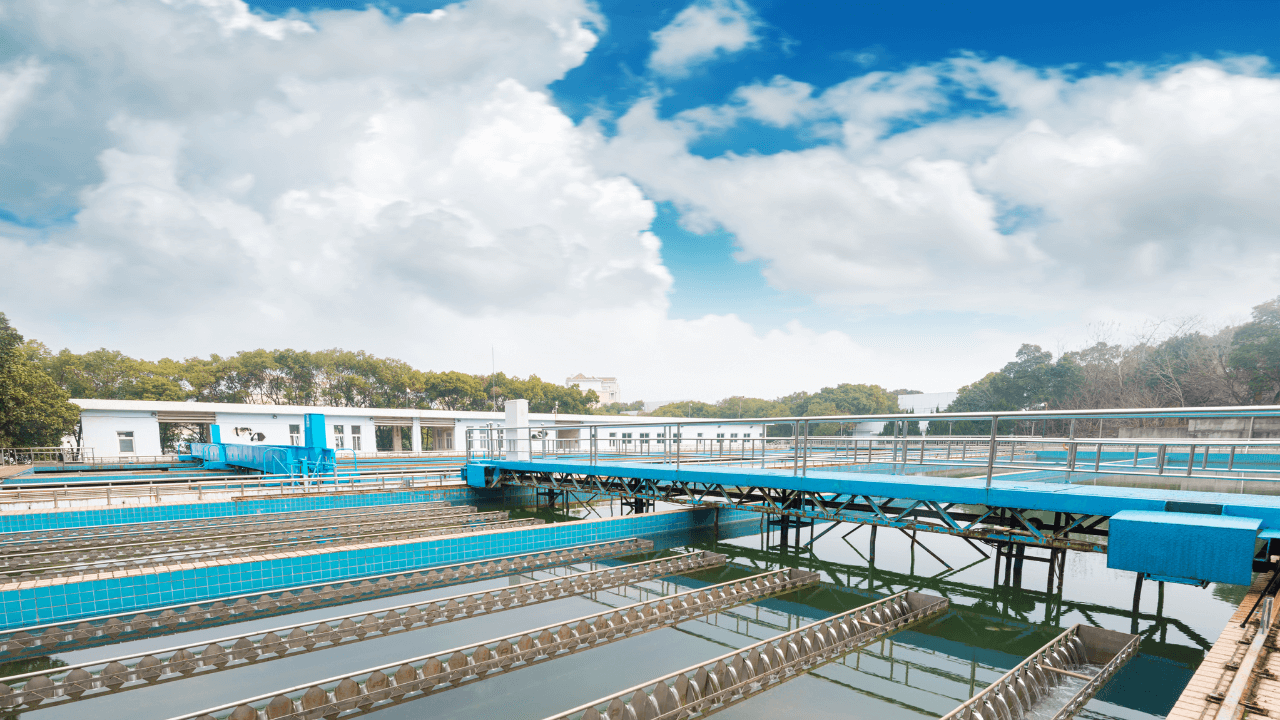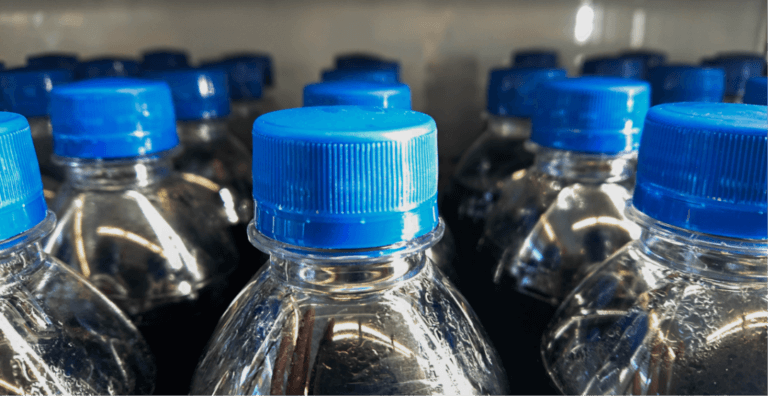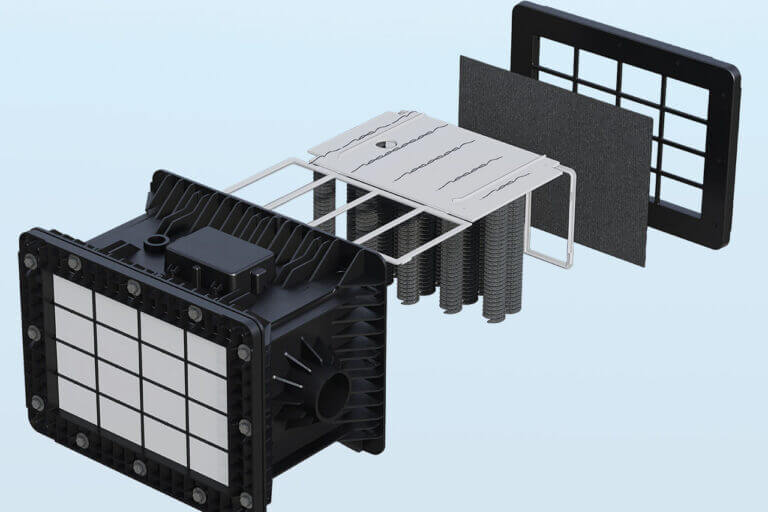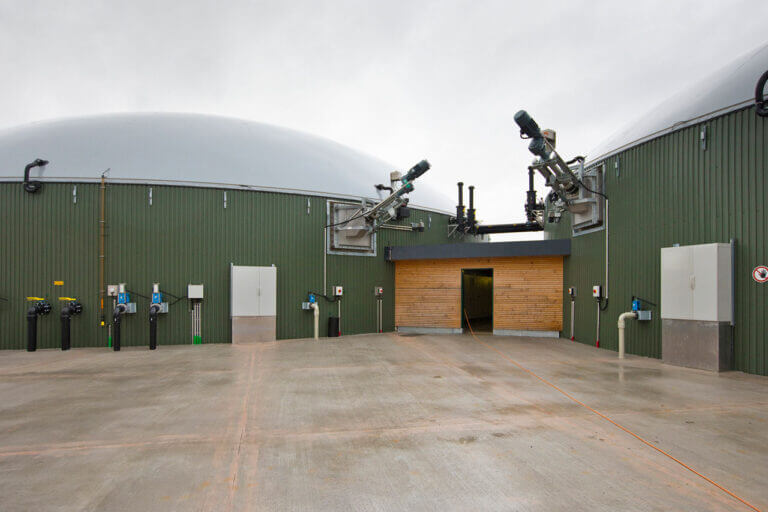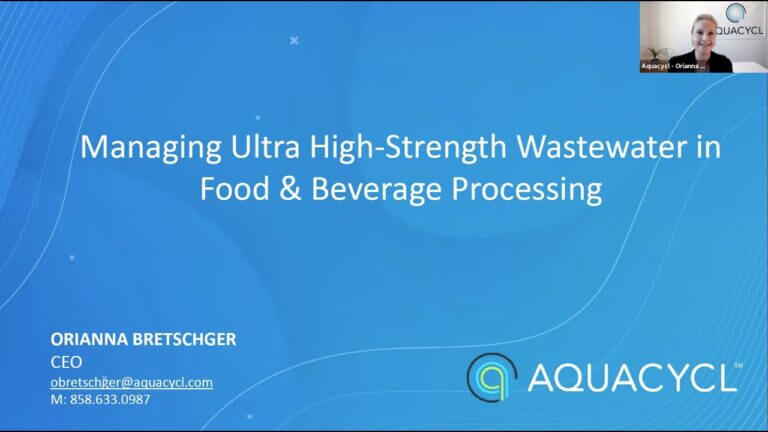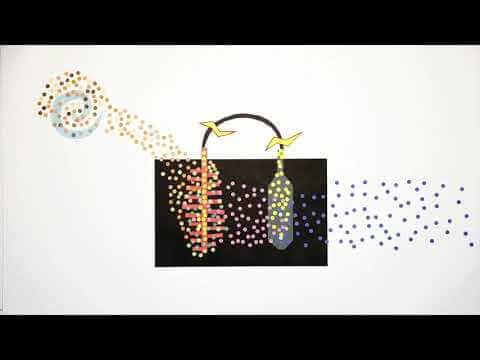Plant managers are tasked with the difficult and complex job of maximizing production efficiency and minimizing costs within their facilities. Searching for ways to optimize ROI on new or existing equipment often means finding solutions or alternative methods to enhance efficiency across all aspects of a production line. Challenges lie in ensuring productivity, regulatory compliance and also maintaining cost-effectiveness throughout operations.
One of the most obscure processes for plant managers to address is wastewater treatment. Often seen as a sunk cost for industrial facilities, wastewater treatment can be overlooked when determining how to best maximize ROI. In this blog, we’ll go through a cost-value analysis of industrial wastewater treatment and explore cost-effective solutions to help maximize ROI for your facility.
Understanding the True Cost of Wastewater
Perhaps the most challenging aspect is understanding the true cost of water (which includes wastewater). There are many hidden and often-overlooked expenses associated with managing and treating water that need to be accounted for to accurately assess ROI of water management tools. You can find a great tool to begin this assessment from the Beverage Industry Environmental Roundtable. These costs extend beyond the initial installation of treatment or your monthly water and sewer bills, which may only reflect 25%-50% of the actual costs associated with facility water.
Here we will focus on specifically on process water (wastewater). To gain an understanding of the true cost of wastewater at your facility, plant managers should conduct a comprehensive analysis of their water consumption, water discharge, and wastewater management processes. Things to consider include management time, energy costs (heating, cooling, pumping), chemical costs, equipment maintenance, fines or surcharges for non-compliance, and even the risks of spills if hauling wastewater offsite.
These considerations will help you identify any opportunities for cost-saving in your current wastewater management practices and determine whether choosing a different treatment approach would yield greater ROI. Once you have a clear understanding of the true cost of your current wastewater practices, you can explore alternative treatment methods.
Offsite vs Onsite Treatment
A big question for determining the best method for wastewater management is offsite vs. onsite treatment. Each approach has its distinct pros and cons, and determining which will bring the greatest ROI depends on your facility and the wastewater you discharge.
Offsite Treatment
There are two primary methods of offsite treatment: hauling to alternative location for disposal/treatment, or discharging directly into the sewer system for treatment by the local utility.
Hauling wastewater has expenses for transportation, often calculated based on distance and volume. It is often utilized by facilities with high-strength wastewater that exceeds discharge limitations for pollutant concentrations (BOD or TSS). Coordinating transportation schedules and ensuring timely disposal create added costs for this method. Additionally, there is significant risk associated with hauling that needs to be considered. If a spillage occurs, the risk falls on your facility, not the hauling company. You are also exposing your facility to the risk that the offsite disposal facility can refuse your load. Finally, hauling is not the most sustainable method, as it generates GHG emissions during transportation and may contribute additional emissions from landfilling or incinerating the wastewater, all of which increase your facility’s Scope 3 emissions.
The other offsite treatment option involves discharging wastewater directly into municipal sewage systems. While this may be convenient, it is essential to factor in the associated fees levied by local utilities. These fees are typically based on the volume and concentration of pollutants in the discharged wastewater, with surcharges and fines imposed for exceeding permitted limits. Additionally, relying on municipal sewage infrastructure may bring risks of capacity constraints and regulatory changes that could potentially disrupt operations and bring unforeseen costs, and limit growth.
Onsite Treatment
Onsite treatment offers a compelling alternative for industrial facilities with process water that has a higher-than-average concentration of BOD or TSS. By treating wastewater at your facility, plant managers can bypass the need for costly transportation and excessive discharge fees. Instead, resources can be directed toward establishing and maintaining onsite treatment infrastructure tailored to the specific needs of the facility, with greater control and flexibility over the treatment process – and likely overall lower cost within a reasonable payback period (< 3-5 years). However, choosing the right onsite treatment methods may be difficult, as you must consider energy, chemical, maintenance, and management costs.
Two of the most common wastewater treatment options are aerobic systems or anaerobic digesters. Aerobic systems often have a lower initial investment but are energy-intensive, generate large quantities of sludge or secondary biomass, and may require a large footprint. These systems typically work best for lower concentration streams (BOD < 5,000 mg/L). Anaerobic digestion systems have a higher upfront cost and larger footprint requirements but can generate biogas for energy recovery processes, providing an avenue for improved ROI. Anaerobic digestion systems are less energy-intensive than aerobic processes and can handle much higher-concentration wastewater (25,000 mg/L > BOD > 5,000 mg/L). However, they require highly skilled and careful operators to minimize deviations in infeed pH, temperature, mixing and nutrient dosing, which all increases the overall operational cost of the system. Further, capturing and utilizing biogas for the cogeneration of heat and electricity requires specialized equipment, permitting, and operators. Many industrial facilities simply flair the biogas for simplicity, and because the cost-benefit ratio does not favor energy recovery facilities.
Ultimately, the choice between offsite and onsite treatment will be based on the unique circumstances and objectives of each industrial facility. By weighing the costs, benefits, and risks associated with each approach, plant managers can make informed decisions that maximize ROI while aligning with broader organizational goals.
A Cost-Effective Solution
When evaluating the pros and cons of each treatment method, it’s possible that no clear winner may emerge to offer the greatest ROI. So let me present you with an alternative solution: Aquacycl. Aquacycl provides cost-effective onsite wastewater treatment as a service, enabling you to achieve a quicker ROI on your wastewater.
What does this mean? Because Aquacycl offers treatment as a service, this means there is no need for a capital expenditure (CapEx) investment to purchase and install our system. Additionally, there is no requirement for full time personnel to operate, and no hidden management costs; Aquacycl handles all maintenance, monitoring, and control needs for the system. We also provide a 100% compliance guarantee, eliminating the risks and costs associated with non-compliance events.
Maximizing ROI on Wastewater for Plant Managers
To help ensure you achieve maximum ROI on your wastewater treatment and enhance efficiency in your facility, Aquacycl can help to deploy a stream segregation approach so you can treat wastewater without dilution, which minimizes the overall size and cost of the treatment system. We identify the portions of your production process that generate the highest concentration wastewater and divert those streams for treatment directly through our system.
By adopting this point source approach, you gain greater control over your wastewater management process. Additionally, stream segregation significantly reduces the cost of wastewater treatment, as the majority of wastewater costs arise from a small fraction of the total flow.
Another method to maximize ROI on wastewater is through energy efficiency and resource recovery. Aquacycl’s wastewater treatment systems are energy-neutral. They self-generate the energy required to operate and monitor the system, ensuring that you don’t compromise energy efficiency with this investment. Furthermore, Aquacycl facilitates onsite water reuse, adding value to your wastewater by reducing water usage in upstream production processes.
While Aquacycl systems can assist in maximizing ROI on wastewater, we understand that each facility has its specific needs and challenges. Schedule a consultation today and our wastewater experts can help determine whether this is the best method for your wastewater treatment.


